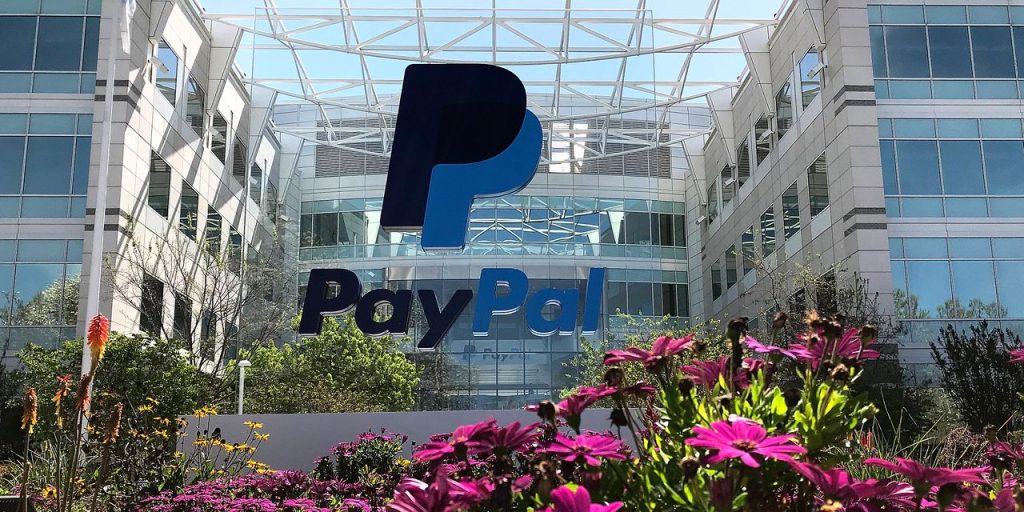PayPal Holdings
stock was falling after the payments platform’s earnings failed to impress Wall Street. Three worries appear to be dominating the conversation in the aftermath.
The earnings themselves were fine, if unspectacular. PayPal reported a non-GAAP profit of $1.16, edging out expectations at $1.15 a share, according to FactSet. Revenue of $7.3 billion topped expectations at $7.27 billion. Total payment volume of $376.5 billion was ahead of estimates at $368.87 billion.
For the third quarter, the company expects revenue to hit $7.4 billion. It forecasts non-GAAP earnings to be between $1.22 a share and $1.24 a share. The FactSet consensus forecasts recently sat at $1.21 a share and $7.33 billion, respectively.
“We have high confidence that our business is on the right path and we’re seeing clear signs that the investments we’ve made are paying off,” said CEO Dan Schulman in the earnings release. Schulman, who announced in February that he planned to retire at the end of the year, said PayPal is in the “very final stages” of hiring another leader.
Schulman might have confidence, but the market doesn’t. PayPal stock (ticker: PYPL) was down 11% to $65.19 on Thursday. Analysts appear to be homing in on three important metrics for the company. First, PayPal’s operating margin fell to 21.4%, down from 22.7% in the first quarter, as more revenue was generated from its so-called unbranded payment solution business grew. This is PayPal’s generic payment processing option for merchants and analysts believe it generates lower profits than PayPal proper. PayPal Business Loan segment showed signs of stress as well. Management said it has seen some deterioration in the portfolio as the company tightened underwriting standards. The total loans portfolio stands at $5.5 billion in net credit receivables, or debt owed to the company, as of the second quarter. That’s a 3.5% decline year-over-year and a 26% decline sequentially.
Investor confidence also likely took another hit from active accounts falling to 431 million in the second quarter. It has now been declining steadily with 433 million and 435 million reported in the first and fourth quarters, respectively.
Of the three, margins might be the most worrisome. “While there were some positive trends noted during the qtr. investors will be more critical given concerns around” margins, BTIG’s Lance Jessurun believes wrote in a note on Wednesday. Jessurun still rates the stock at Buy with a $90 price target, citing the long-term risk/reward.
For one day at least, the market disagrees.
Write to Connor Smith at [email protected]
Read the full article here















